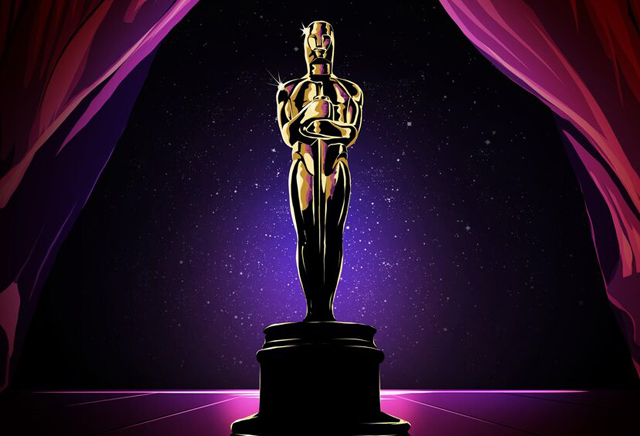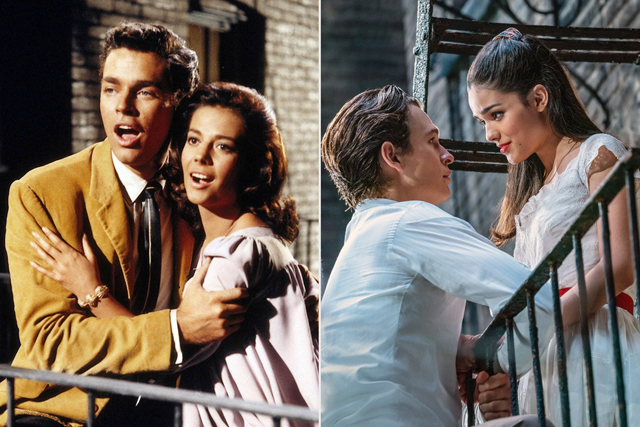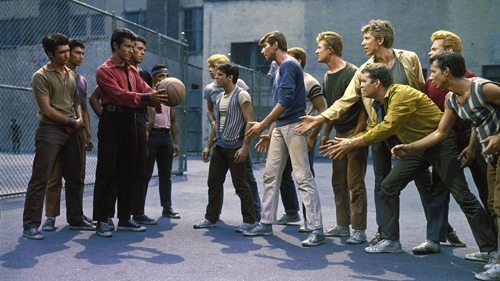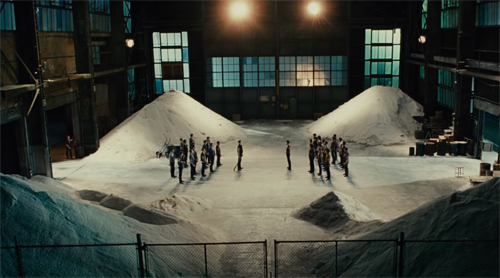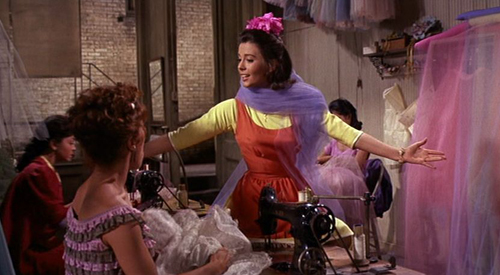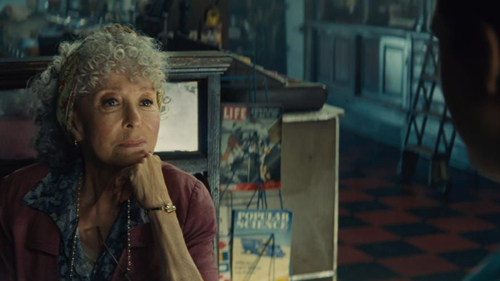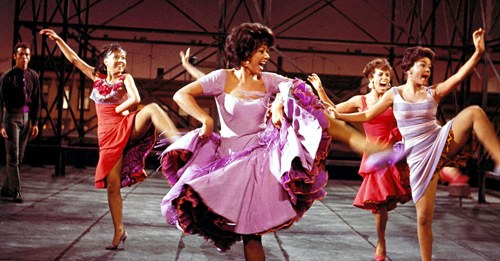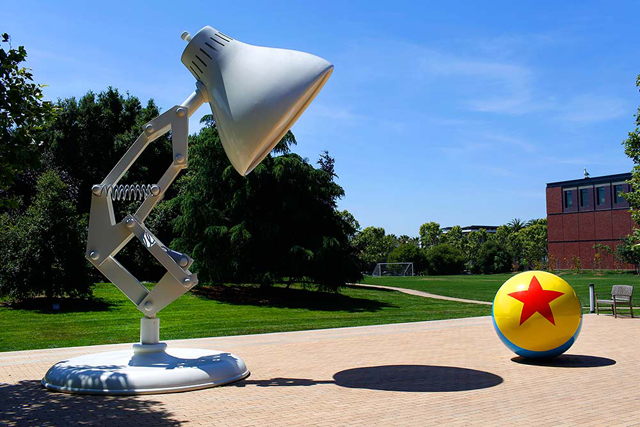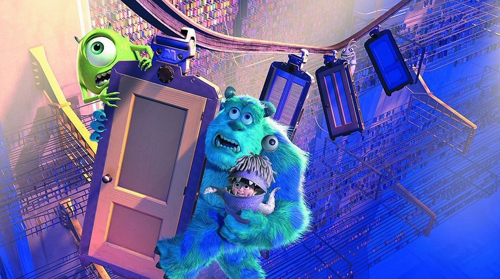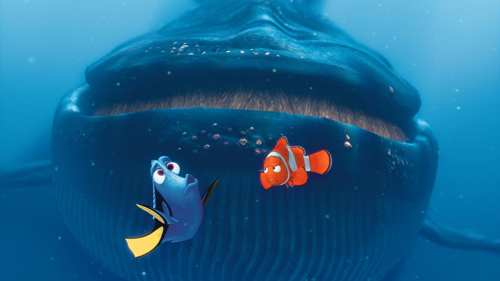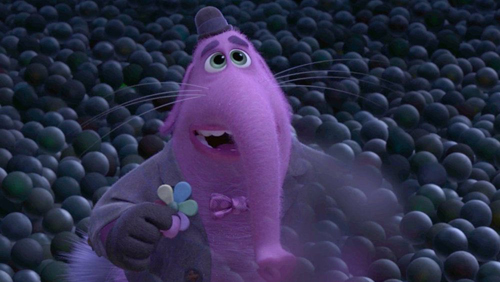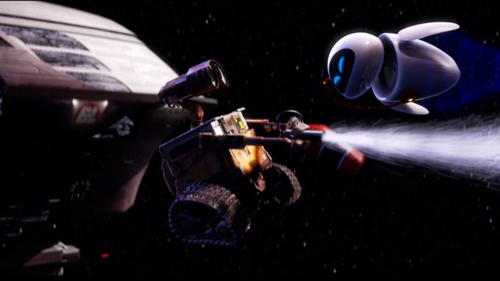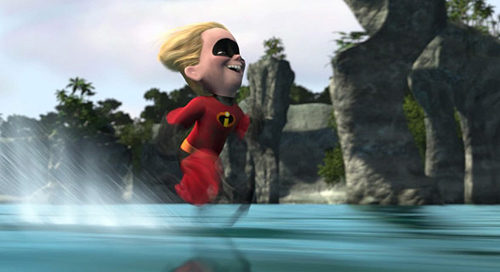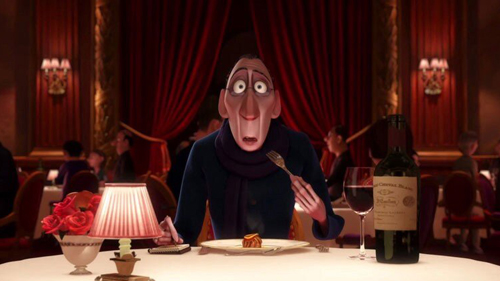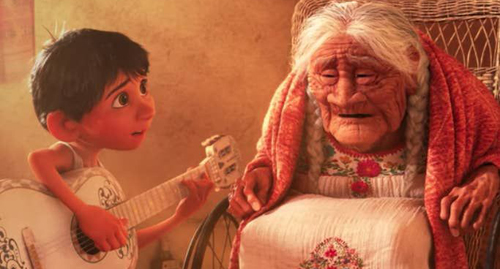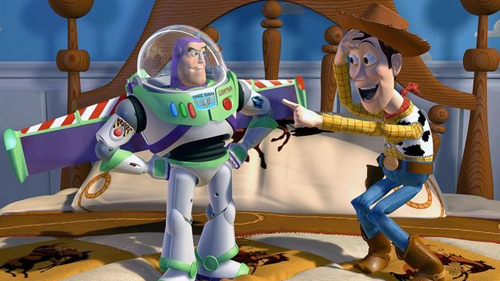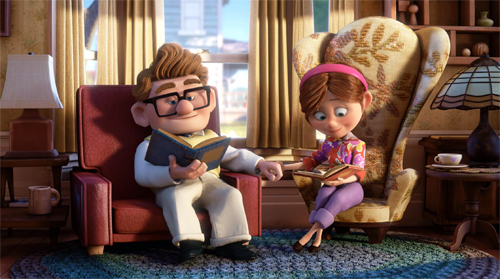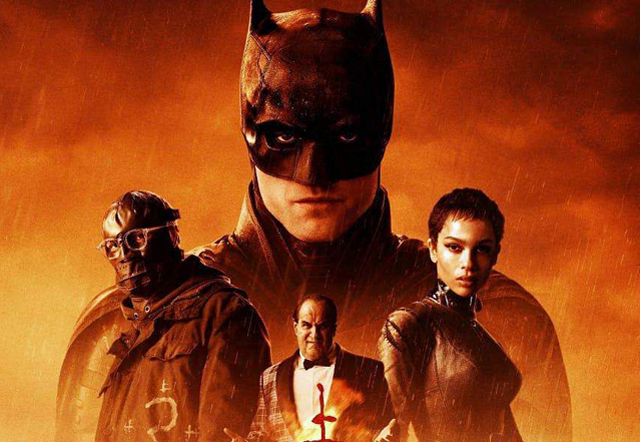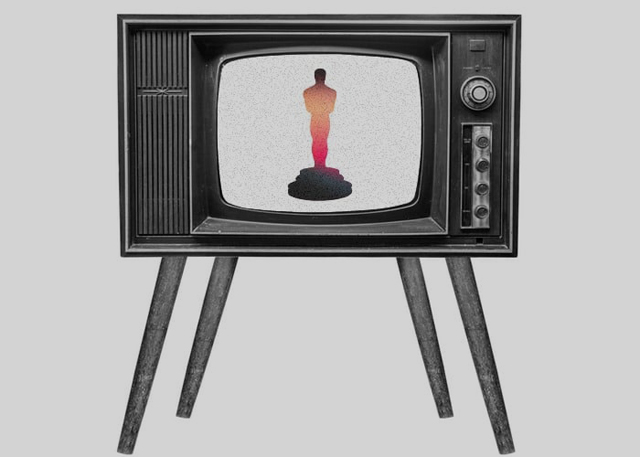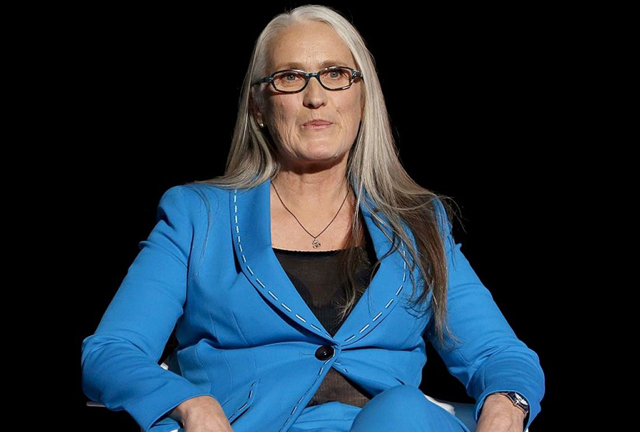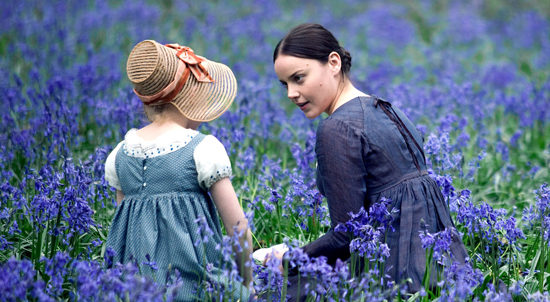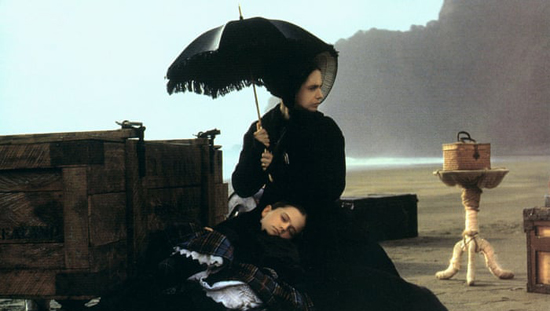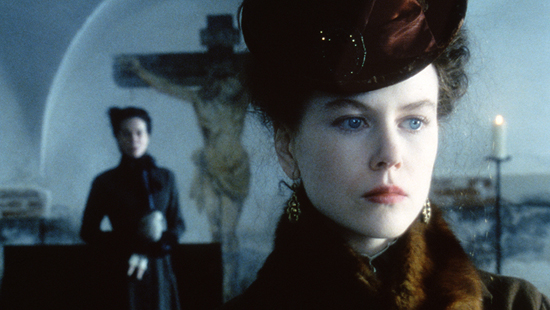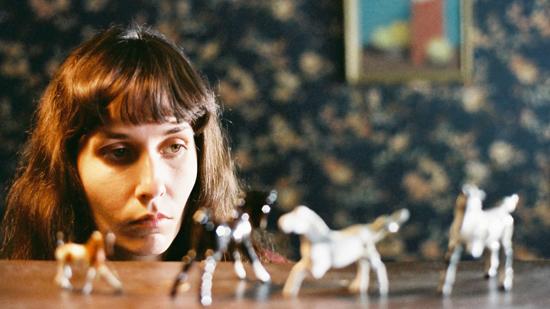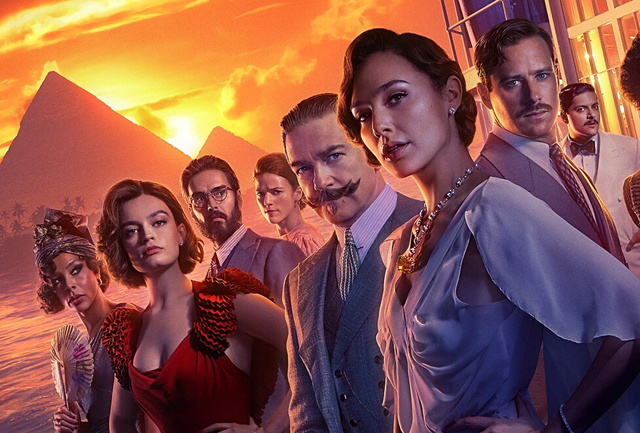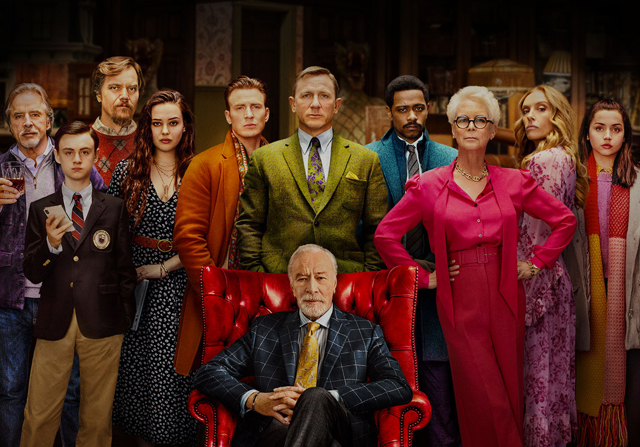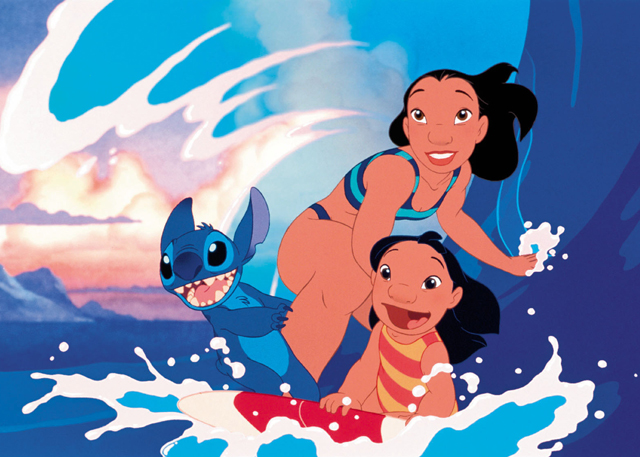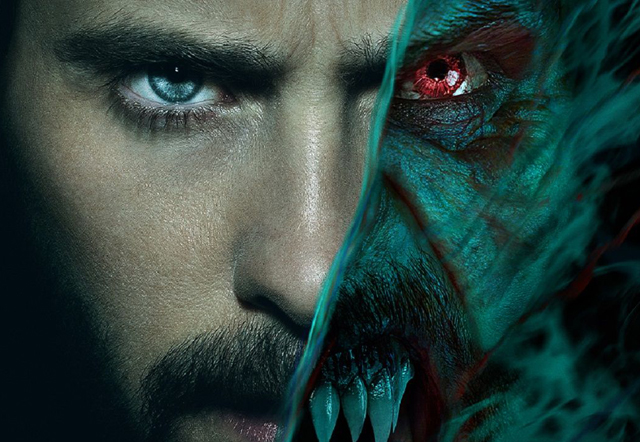
If there is anything that Marvel Studios has shown us over the last decade, it’s the best way to make a super hero movie. Under the watchful eye of Studio head Kevin Feige, Marvel has cultivated it’s brand to perfection, helping it to become the power house that it is today. And they did so by embracing the things that make comic books popular in the first place. The Marvel Studios movies are not afraid to indulge in the weird and silly with their films, which has helped to give their movies a surprisingly broad appeals across all types of audiences. Their films are colorful, eccentric, and at times very provocative with it’s themes. There are still examples of excellent super hero movies being made by other studios, like their rival DC, but with Marvel Studios they have proven themselves able to turn out one hit film after another based on their proven formula. This is in sharp contrast to the earlier days of Marvel comics on the big screen. Before Kevin Feige took the reigns of what would eventually become the Marvel Cinematic Universe, the Marvel brand on the big screen was handled by a man named Avi Arad. Arad’s time at the top of Marvel Productions was a bit more of a rollercoaster for the company. During his reign, Marvel didn’t have a single benefactor to finance all their projects like they do now with Disney, so the film rights were scattered across all the studios in Hollywood. And in order to get these movies made, Arad’s job was to sell the studios on these movies being not so much comic book entertainment, but rather on their potential as action films. Comic books were not as valued at that time as they are now, and most super hero movies of the 2000’s tended to go out of their way to not look like they came from the comics. There were noteworthy exceptions, like the Sam Raimi directed Spider-Man movies, but otherwise more often than not super hero movies became darker and more grounded. It’s almost like they were ashamed that these characters started on the comic page and needed to distance themselves as far as they could from the colorful spandex and silly situations. Suffice to say, there were a lot of super heroes in the pre-MCU days that were wearing black. Kevin Feige definitely changed that attitude and Marvel benefitted greatly from it, but there are still some outliers that still follow that original Arad formula.
It’s not surprising that most of the movies that still feel like the old Marvel movies before the MCU began are the ones that are coming from where Avi Arad now calls home: Sony Pictures. Sony of course was one of the many studios that gained the film rights to Marvel properties over the years, but unlike the other studios, they have yet to yield over those film rights back to Marvel. Marvel successfully managed to buy back the Avengers from Paramount, and the Hulk from Universal, and Disney’s merger with Fox led to the Fantastic Four and the X-Men returning to the Marvel fold. But, as part of Sony’s original deal, as long as they keep making more movies with their Marvel characters, they can still hold onto the rights, and to their benefit they managed to have one of the crown jewels of Marvel in their possession; Spider-Man. Now, an unsuccessful reboot of the Spider-Man franchise starring Andrew Garfield did cause Sony to call a truce with Marvel’s parent Disney, so that they could allow Spider-Man to appear as part of the lucrative Avengers franchise. But, their iron grip on the rights of the character still gives them a valuable asset to work to their advantage. One of the things that Sony has attempted with their Marvel properties is to launch their own cinematic universe centered around Spider-Man and the characters in his adjacent comic book storyline that is separate from Marvel’s MCU. So while Spider-Man has been the bridge, Sony is concurrently launching film franchises for all the characters that have some connection, loose as they may be, to the popular webslinger. We’ve already seen the character Venom launch into his own series of films, and on the horizon are movies of characters as random as Kraven the Hunter and Madame Web. This week, however, marks the launch of a lesser know character within the Spider-verse; one who’s identity as a super hero is a little dubious at best. And yet, Sony believes he’s a character worthy enough to contend in a market where even the most obscure Marvel characters have been turned into household names. That character of course is the vampire known as Dr. Michael Morbius.
The movie Morbius introduces us to Dr. Michael Morbius (Jared Leto) as he travels to the jungles of South America to capture vampire bats for his lab experiments in hopes of finding a rare blood disorder that he himself is inflicted with. Having revolutionized medicine already with the invention of synthetic blood, Morbius believes he’s on the edge of a breakthrough cure, and he intends to become the first human test subject. With the assistance of his colleague Dr. Martine Bancroft (Adria Arjona), he conducts the test run in secret on a ship in international waters. The experiment has unintended consequences, as Michael’s own DNA is infused with that of the vampire bats that he had been experimenting with, and he body begins to go through transformations. In a violent, bloodthirsty rampage through the ship, Morbius heads back to his lab, leaving an unconscious Dr. Bancroft the sole survivor on the boat. Morbius soon learns the limits of what his body can do with these changes, including super human strength, agility, as well as super sensitive hearing that acts like a bat radar. However, there is a catch; he can only control his abilities as long as he consumes blood. His supply of synthetic blood helps, but it’s affects are limited. Meanwhile, Morbius’ new lease on life grabs the attention of his childhood friend Milo (Matt Smith), whose also the rich benefactor that has been funding Michael’s research, mainly because he’s afflicted with the same disorder. Milo demands that Michael should give him the “cure” as well but Morbius refuses, because he doesn’t want anyone else to have to suffer the same consequences. At the same time, a pair of FBI agents (Al Madrigal and Tyrese Gibson) are following Morbius’s actions very closely, as he is their prime suspect for the murders aboard the cargo ship. To make matters more complicated, a string of mysterious murders are happening across the city, which Morbius believes may be connected with his friend Milo, who at some point went behind Morbius’ back to give himself the “cure.” Now Michael Morbius must do what he can to stop the monster he has unleashed on the city, while at the same time battling the monster within.
If you were to tell me that Morbius was a comic book movie made 17 years ago, I would believe you. This is very much a movie that feels like a throwback to those pre-MCU days of comic book movies, complete with it’s somber tone, drab color palette and cheap looking CGI effects. I would say that this has Avi Arad’s fingerprints all over it, but he’s more or less a background executive producer on the Sony Marvel output. What it does show is that the formula that Arad began back in the 2000’s seems to not have changed at all within the Sony studio system. This is a movie that is merely the product of a studio keeping it’s wheels turning and little else; a movie made out of a need to justify Sony’s grip on the Spider-Man properties. You might have had a couple comic book movie fans hoping that a character like Morbius would pop up somewhere in the Spider-Man films, but no one was really demanding a whole movie dedicated to him. The only reason we are getting this movie is because Sony seems to have delusional belief that all the characters connected to Spider-Man are capable of carrying their own movie, and that they can spin-off a universe of their own outside of Marvel’s expansive Cinematic Universe. But, I think they severely overestimate some of the value of these characters too. What may have convinced Sony to pursue a film devoted to a character like Morbius is because of the success they found with Venom. However, Venom is a special case because the character does already have a strong, built in following, and those movies were bolstered by Tom Hardy’s committed and eccentric performance. Here, we are getting a film about a Spider-Man frenemy that I swear a majority of people don’t even realize is connected with Spider-Man. He’s not even the most popular vampire within Marvel comics: that would be the character Blade, who thankfully has his rights maintained by Marvel itself, with plans for his own reboot starring Mahershala Ali. So, with a movie that’s born out of a corporate mandated necessity, it’s not anyone’s surprise that Morbius has turned into a passionless mess of a movie that feels well out of date with the rest of the comic book movies that are being made. However, it could be the already low expectations that I had going into this movie, but I have honestly seen much worse when it comes to comic book movies.
The worst thing I can say about Morbius is that it is boring. That’s it. It’s not an insult to cinema. It’s not offensive in any way. It’s just a pointless movie, and that’s the extent of it. The faintest praise I can give is that it didn’t make me angry while I was watching it, like some of the worst comic book movies I have ever seen have done in the past (Fant4stic and Dark Phoenix, for example). If the movie were separated from it’s comic book origins, and especially from it’s connections to Spider-Man and the other Marvel properties, I would say that it was a harmless if not particularly inspired vampire movie with maybe one or two good scenes here and there. I think the fact that it’s meant to be another cog in this misguided franchise masterplan that Sony is trying to cook up with their Marvel licenses is what works against it the most. Thankfully, the Marvel references are kept to a minimum, which is a plus, but once the movie tries to embrace more of the comic book origins, it begins to suffer. It goes back to that outdated formula that it’s trying to follow, where it seems almost ashamed to be a comic book movie, and tries too hard to be edgy and dark. It’s kinda hard to make the audience buy into the edginess of the movie once Jared Leto’s face turns bat-like in a rather awkward looking visual render that borders on the ridiculous. There are definitely many parts of this movie where you can feel like the filmmakers are trying to break away from formula, but are being held back by the studio. It’s clear in some of the action scenes that the director wanted this movie to be a lot bloodier than what we actually get. The lack of gushing blood is awkwardly absent in moments that should have looked like it came out of a slasher film, showing that the film was clearly neutered to give it a PG-13 rating. It’s almost comical how tame the movie gets, especially when there’s a moment when an armed mercenary has his throat slashed by Morbius, but as the actor performs to hold together his mortal wound, you see his neck and hands are completely dry of blood. Even MCU movies have had better action moments with bloody outcomes, including films like Avengers: Infinity War (2018) which had some pretty shocking moments of brutality. Morbius could have found some clever ways around it’s restrictive rating, but it chose to take the wrong, more transparently lazy way.
Another big problem with the movie is that Michael Morbius himself is such a bland, uninteresting character. One of the worst things you can do with establishing your main character is show him to be already perfect even before he becomes a superhero. Even despite his crippling illness, we are introduced to him winning a Nobel Prize. Honestly, where do you build from that? Interesting characters are built around flaws. You make your hero too perfect from the get-go, and you have a character that feels unrelatable. And that’s what happens with Michael Morbius in this movie. All we see him do is figure out the limitations of his new powers. That’s it. We don’ get a sense of his personality, his wants and needs, or the things that he must overcome to be the hero he wants to be. The movie just treats him like a pre-formed hero that we should all embrace immediately, and that just makes him dull. Though his character is terribly written and frustratingly opaque, I will say that I don’t fault Jared Leto too much with his performance. In all honesty, after a string of cringey, over-the-top performances from him in Suicide Squad (2016) and House of Gucci (2021), it’s actually refreshing to see him reign it in as Michael Morbius and play him more even keel. Sure, perhaps he goes a little too far in underacting, but as we’ve seen, he could do a whole lot worse. Unfortunately, the rest of the cast is mostly wasted. Veteran character actor Jared Harris gets barely anything to do in his father figure role in this movie, and there’s barely anything to say about Adria Arjona’s presence as the love interest. The cast’s one saving grace is Matt Smith as the villainous Milo. He’s the only one allowed to camp it up in the way that the movie desperately needs, and he’s easily the best part of the film. Through his more playful role, you see glimpses of what the movie could have been if it embraced more of the MCU’s style of comic book storytelling.
What you come to learn over the course of watching Morbius is that at no point does it justify it’s reason for being. Morbius is not inspiring as a super hero. There’s nothing about his origin story that we haven’t already seen a hundred times before in other comic book movies. Literally half of the movie is devoted to Morbius learning the extent of his super powers. You know what we don’t see; Morbius actually being a super hero. He never uses his powers to help anyone. In fact, he ends up letting a lot of people die at the hands of Milo because he is spending most of the movie either in his lab working things out, or in a jail cell after he’s cornered by the FBI. We don’t need to see every detail of Morbius’ origin story; he’s a vampire with a heart of gold, that’s basically the character in a nutshell. It’s only in a scant couple of scenes that we see the movie start to come to life, and it’s usually the moments where Michael and Milo are facing off. I will say the movie hits it’s apex in an extended fight between the two in a subway station. In that scene, we finally get to see the movie actually deliver on the promise of what can be done with this character. It includes an incredible one-shot where Morbius and Milo fight their way down each level of the station, from street level to the platforms themselves in an exciting, kinetic moment. If only the rest of the film had that kind of sustained energy. The adversarial relationship between the hero and the villain is also the only part of the story that has any drive. There’s absolutely no spark in the romantic subplot, and Morbius’ arc as I mentioned is more of a flat line. The whole purpose of a super hero origin is seeing the character rise to the hero they are destined to be, and that sometimes means wrestling with one’s own shortcomings in the process. It’s spoken right there in the immortal phrase “With great power, comes great responsibility.” Morbius is an already upstanding citizen when we meet him, and he only gets stronger as the movie goes along. There’s nothing compelling in that narrative, and by the film’s end you are just left wondering why you should even care for Morbius at all.
So, of course there are much worse super hero movies out there. I’ll credit the movie for not making me feel like I was suffering watching it. It basically met my low expectation, without sinking any further, and it’s own prize is that it has a good shot of missing my worst of the year list. Jared Leto is refreshingly subdued in this film, albeit with a character that is as bland and forgettable as they come. And there are moments where you can see a better movie trying hard to get out. But, if Sony believes that this is going to be another step towards being able to thrive off their own universe without Marvel’s help, they should really reconsider their overall strategy. This is a movie that recalls a less than ideal point in time with super hero movies that we’ve clearly moved away from. Even DC movies have been moving away from those 2000’s era style of comic book movies, and have embraced the idea that these films can indeed feel more like the comic books they were based on, with the silliness in tact. Morbius just feels like so many angst filled comic book films from days gone by, and in the process, it lacks an identity. At least with Venom, the Tom Hardy eccentricity gives those films some personality that helps to distinguish it. Morbius is just an exercise in studio executives playing it safe. It certainly could’ve been worse, however, and thankfully after 5 different delays due to Covid (it was originally supposed to come out in July 2020), we can now watch it and judge for ourselves. I for one was unmoved by the movie and found it unforgettable mostly. It at the very least didn’t make me mad; except for the end credits scenes, which I have to say are probably the worst ones I have ever seen, and not just with comic book movies. Seriously, if you’ve seen most of the other Sony Spider-Man movies, those end credit scenes make absolutely no sense whatsoever. Apart from that baffling move, it’s a movie that most people are likely to forget soon after seeing it, which is a shame for a character that could have had some cinematic potential. It remains to be seen what becomes of Dr. Morbius in the wake of this deeply flawed movie, but certainly there’s a lot to be desired from what Sony is putting out thus far in their plans for a cinematic universe of their own by way of Spider-Man, and it probably would serve them well to not adhere so stringently to past formula and instead look into making movies around characters that are more in touch with the goofier sides of comic books, even if it does make them appear a bit more Marvel-like.
Rating: 5.5. /10
